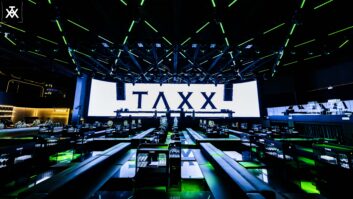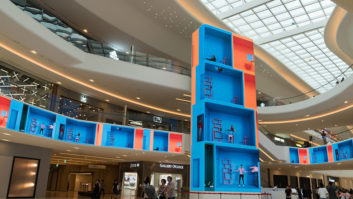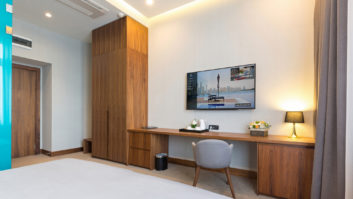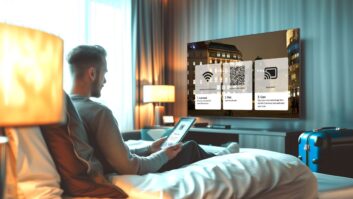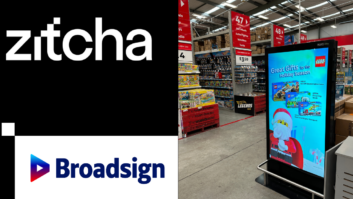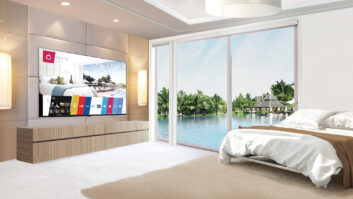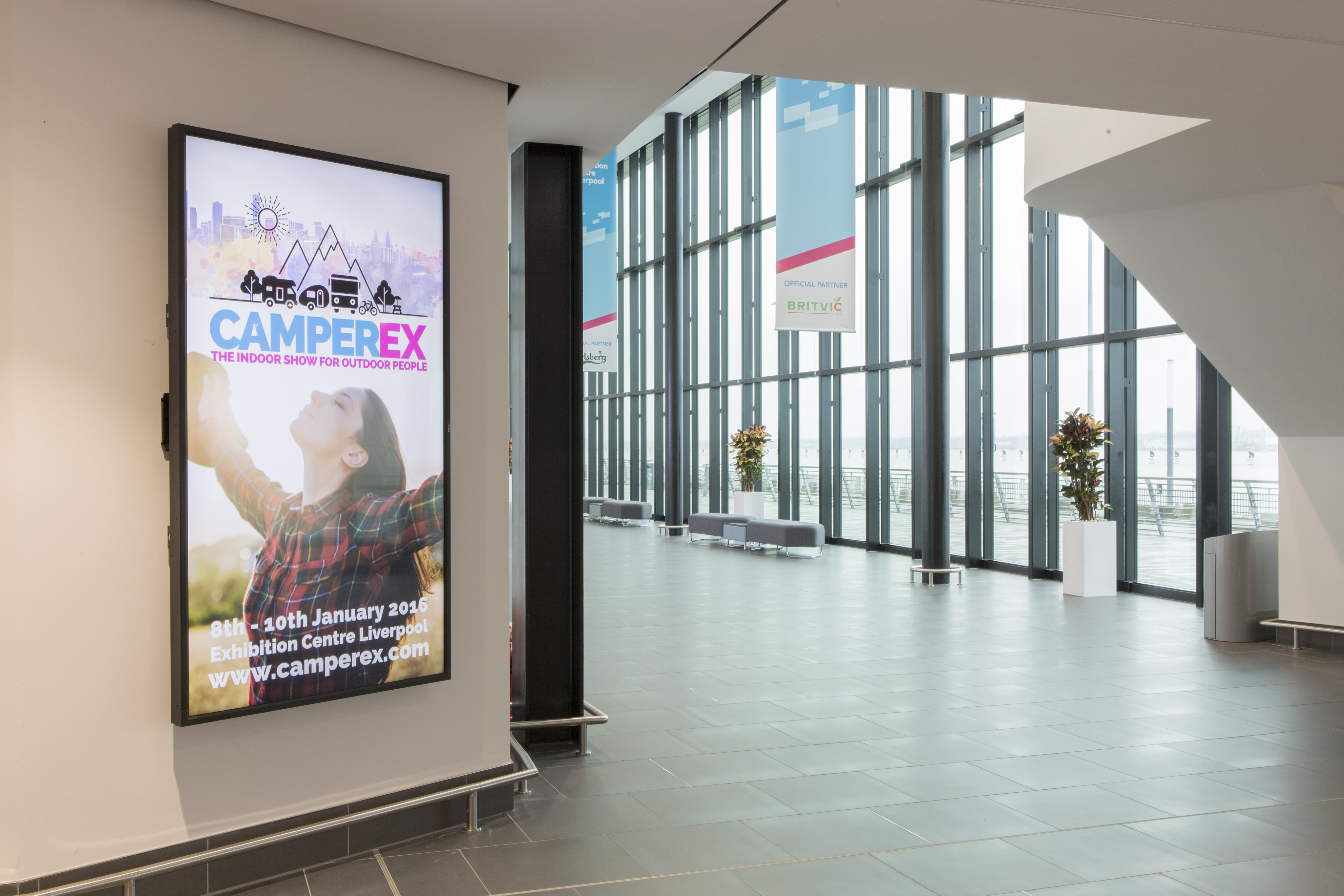
The hospitality sector is starting to place greater emphasis on customer engagement – in much the same way that retail has shifted over the last few years.
Hospitality is a broad market that encompasses a range of venues and environments including hotels, bars and restaurants, as well as resorts, casinos and even cruise ships.
A combination of the advances in customer-focused AV technology and the increased expectations of those customers has prompted a step change in the solutions being integrated into hospitality environments as venues search for the right formula to increase engagement. The purpose is not only to improve the customer experience, but also to generate repeat visits and recommendations in what is a very competitive sector with an abundance of choice.
Key areas
The key areas where hospitality venues are looking to invest include: the introduction of dynamic digital signage in communal spaces; upgrading conference and meeting spaces; and for hotels, in-bedroom AV facilities. These solutions are not only used to support wayfinding and information transfer, but also as an interactive gateway to access venue services. Additionally, there has been an increase in app-driven content on screens, similar to retail environments, but on a smaller scale.
“In hotel meeting and conference rooms, we see a lot of demand for upgrades to infrastructure to cope with digital signals and the introduction of high definition displays,” says Andy Truswell, systems integration manager at Pure AV. “In smaller hotel venues, investment in their meeting and conference facilities is about flexible systems that are easy for the customer to use and straightforward for the venue to manage.”
Truswell also sees the influence of mobile and home-based technology on the development of AV within hotel rooms. “Within the hotel bedroom environment, we see continued demand for the ability to connect personal mobile devices to the in-room system. To some extent, this is driven by the technology that we surround ourselves with at home, and many of the hotels now have to introduce bigger, better quality in-room AV just to meet guest’s expectations.
“It is very early days, but there is also developing interest in the deployment of virtual assistants using voice control such as the Harman solution that embeds the IBM Watson cognitive technology into Harman soundbars and alarm clocks, or Amazon’s Alexa-powered Echo.”
James Keen, marketing manager at Tripleplay, believes the sheer size and scope of the hospitality industry presents a number of opportunities for integrators and installers. “Take a hotel for example: not only do they generally have 100-plus rooms all requiring a TV, maybe a set-top box, network; they also have a reception area; they have restaurants, bars and fitness and wellbeing centres and, importantly, meeting rooms and conference facilities. A hotel is its own ecosystem; it has to be as the industry is incredibly competitive. As such, they look to engage their clients through providing a wide variety of television services, digital signage, projectors, control panels, great audio systems and, of course, WiFi. Many are looking to embrace BYOD and BYOC [bring your own content] to enable guests to connect mobile devices to in-room TVs; in fact, this is a necessity in new six-star venues. This then creates the requirement to invest in an in-room lnteractive IPTV portal, using smart TV or set-top box.”
Priorities
Increasing customer engagement is one of the top priorities within hospitality, says Truswell: “The hotels we work with see increased engagement as a way to maximise the uptake of their facilities and services at the same time as enhancing the customer experience. Hotel clients tell us that the more engaged the customer, the better their experience and the more likely the hotel is to generate repeat visits and recommendations from them. Greater interaction with visitors at every stage of their visit, including the period leading up to, and after, their stay, also opens up the opportunity to promote and upsell the hotel’s facilities and services; helping to increase the potential revenue generated per customer.”
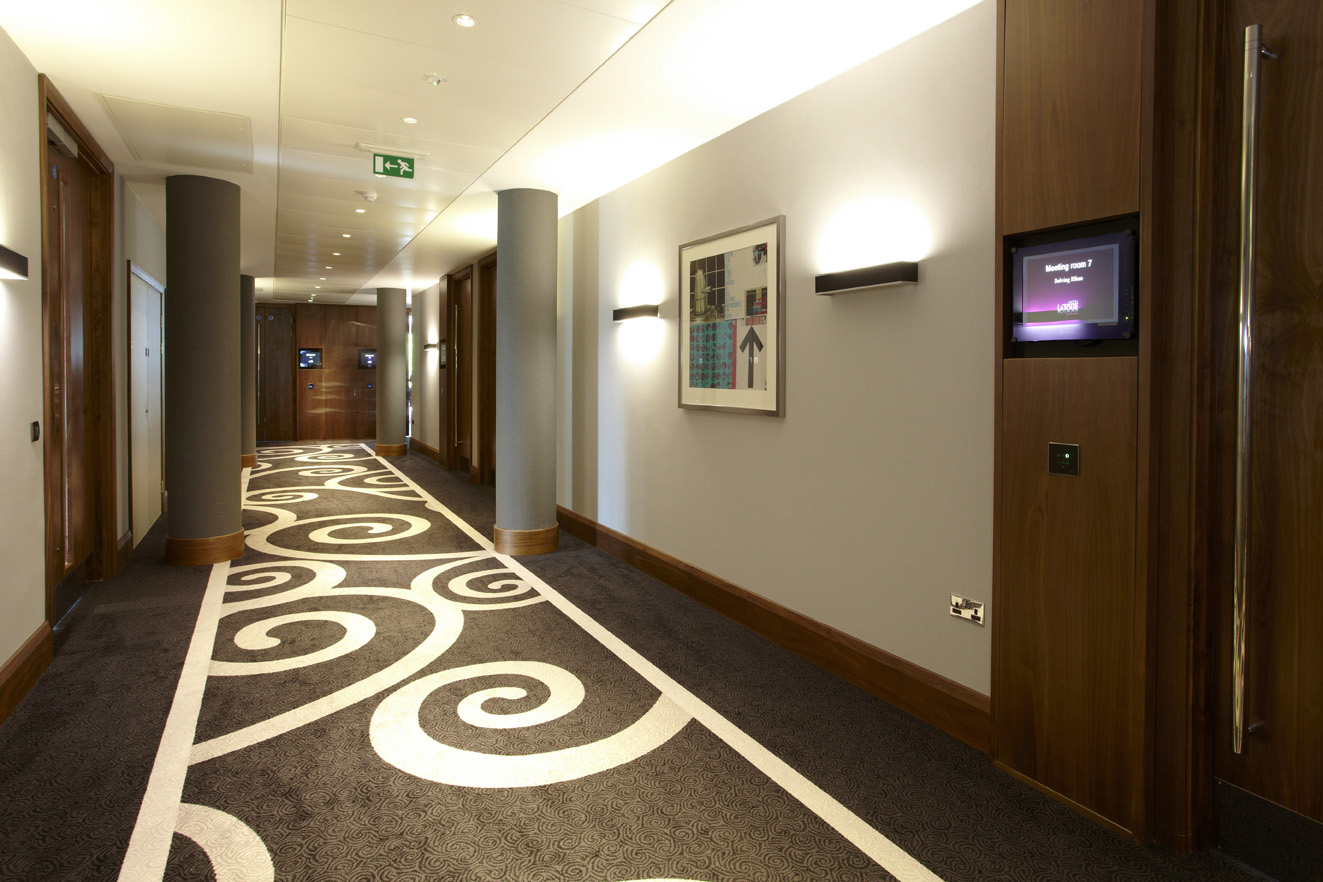
Keen takes a similar view: “Increasing engagement in hospitality boils down to one thing – maximising revenue generation. So, if a technology can help with this by delivering advertising in-room or on digital signage screen, or through a landing page on an app, then they will consider it. By creating ‘value add’ or experiential environments for guests a hotel can subversively attract customers to other info, special offers on dinner, tour packages, premium WiFi or spa services.”
If engagement is a priority, then surely by extension interactivity is as well? “I don’t think interactivity is a priority in the hospitality space, but perhaps it’s an area that should be,” states Lucy Meredith, UK product marketing specialist for Panasonic Visual System Solutions. “The possibilities of combining security technologies such as facial recognition in combination with digital signage, for wayfinding and even executive check-in, are very exciting, but ultimately not considered a must-have.
“Panasonic is extremely excited by the possibilities for LinkRay technology, this uses light from a display or LED light source as a one-to-one marketing tool, allowing visitors to download information specific to a venue or event direct to their smartphone. This could be an incredibly powerful way of engaging visitors within a venue and ensuring that hospitality guests take away the information you want them to. In addition, the LinkRay platform comes with incorporated analytics so that marketing and management teams can view statistics on how many visitors have been scanning the displays, offering insight in to which offers or exhibits are most popular.”
Keen believes interactivity is being embraced by some hospitality businesses, but for the majority the level of investment needed is currently a step too far. “Bars, restaurants, sports clubs are all counting the cost of their operation every day and technology is looked at with the same accountancy view. Hotels work out the cost of a room based on the price of a bar of soap, linen cleaning, a TV, WiFi provision and so on; this means that technology has to fit that. If they purchase an IPTV system and it pushes their room price from £95 up to £130 then they will likely not do it as it will start to alter their clients’ expectations and affect their target audience. In an ideal world they would all like to do it, I’ve little doubt; but until either the cost comes down or the market expects it and kicks back we’ll probably only see big chains and luxury brands really embracing interactivity.”
Opportunities
The growth in the hospitality sector and the drive to deliver greater customer engagement has created increased opportunities for integrators. Truswell explains: “The need to inform and communicate with guests at every stage and in every location during their stay, alongside the desire of hotels to fully exploit advertising revenue streams has encouraged the spread of AV from the dedicated meeting and bedroom space to areas throughout the hotel estate. And this has created increased opportunity for integrators.
“There are, however, challenges. One area of challenge is the need to provide solutions that are flexible enough to respond to the varied applications that a hotel will have for its meeting spaces while keeping the system simple enough to be easily managed in house. We also see increased competition, as companies that would have traditionally focused mainly on the in-bedroom, hotel TV applications are now actively chasing business in the wider meeting and communal areas.
For Keen, price is still chief among considerations: “The challenge to integrators is simple: can you deliver the high-quality solution the client expects and you wish to deliver but at a much lower price point than usual?
“The other issues you have with hospitality environments is that they are rarely closed, hotels especially, so you must be able to deliver 24/7/365 support and deliver fast. The opportunities though are there for all to see: build a good reputation and a 300-room hotel can soon turn into a million-pound opportunity supplying TVs, projectors, control systems, digital signage, IPTV, WiFi, cabling, videoconferencing and much more. They are rich environments for a use case perspective, they just often lack the disposable income.”
http://business.panasonic.eu
www.pureav.co.uk
www.reflex.co.uk
www.tripleplay.tv
